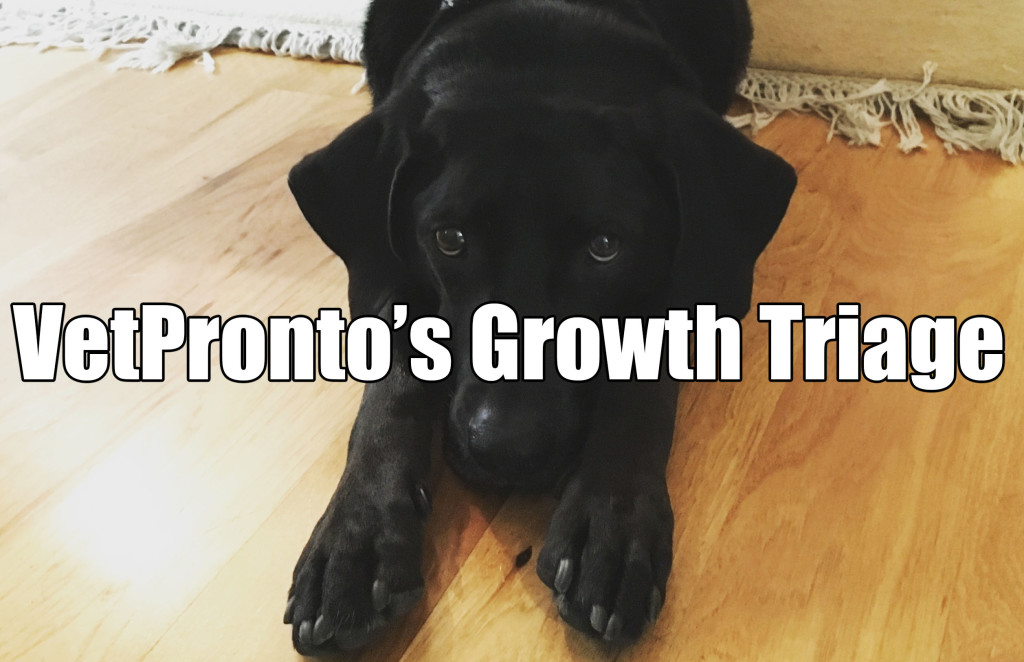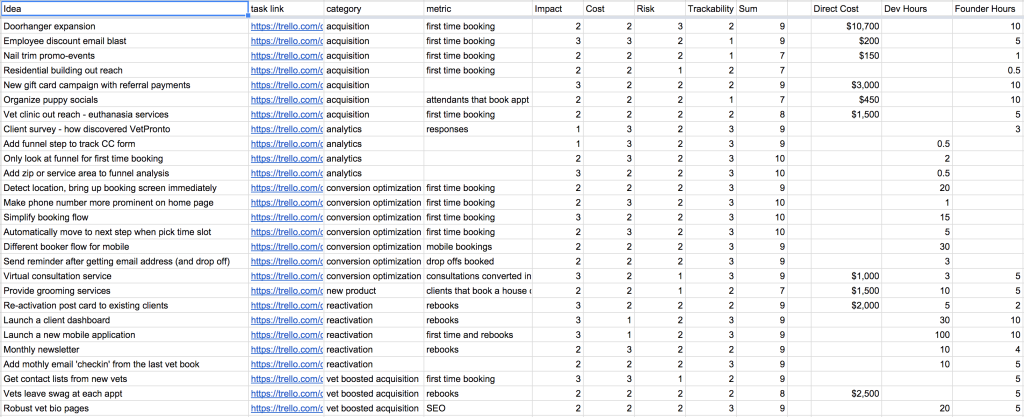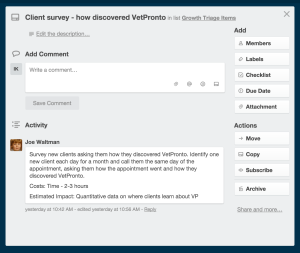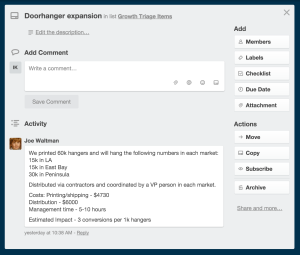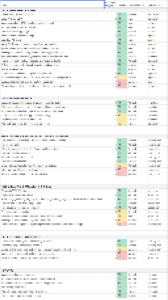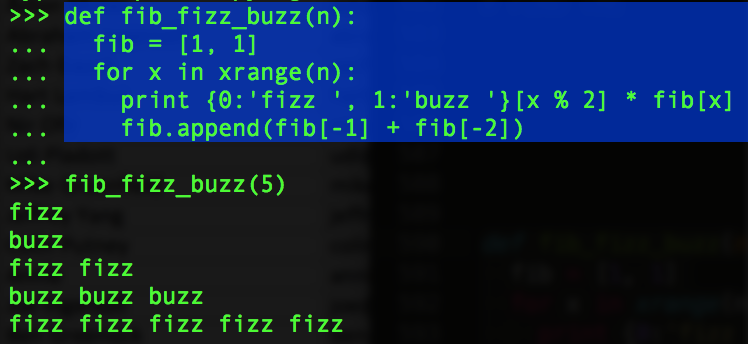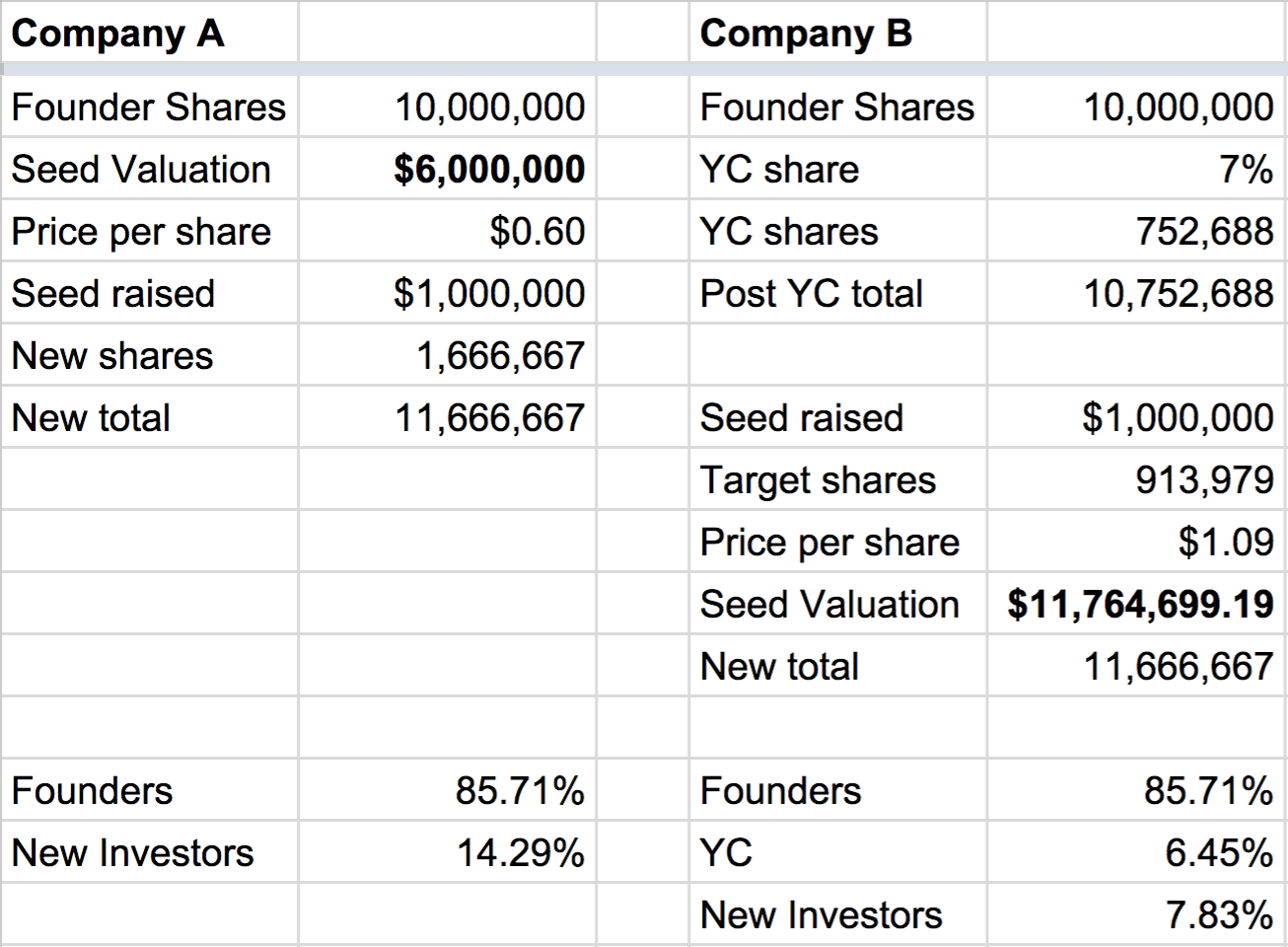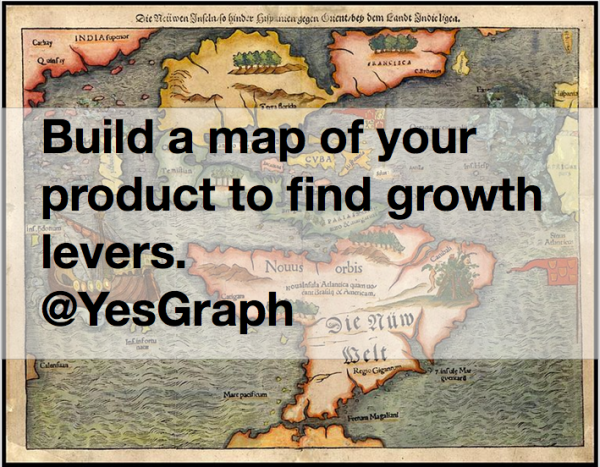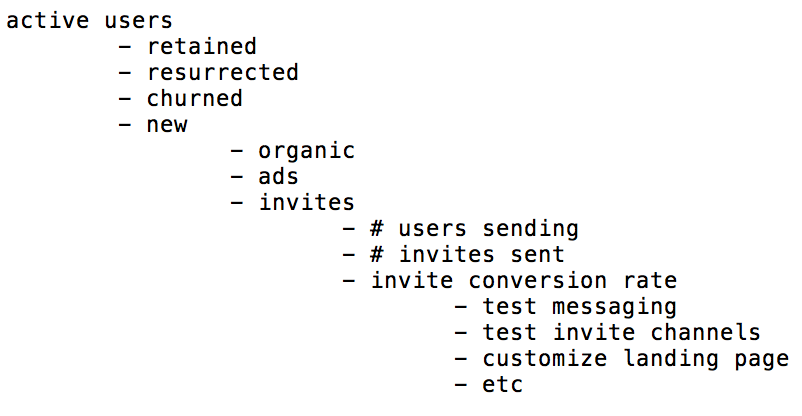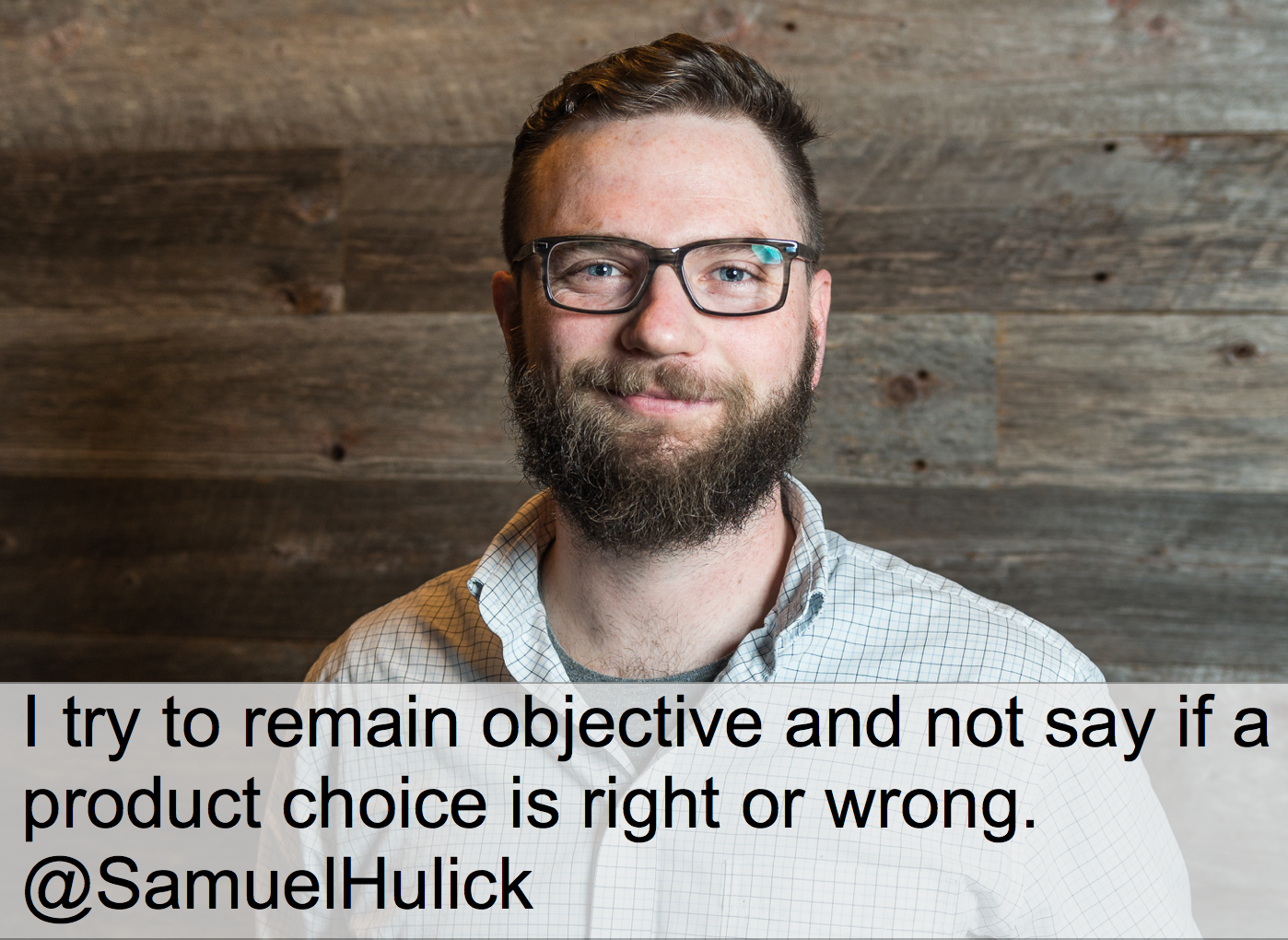YesGraph pivoted away from a product in the recruiting space. I get asked about recruiting a lot by other founders, so I wanted to explain some problems that startups in the space might face.
I’ll also cover how we decided to pivot, how we decided to take the plunge. But that will be in a future post, so subscribe here to get new posts right away.
Because I’m not in the recruiting business anymore, I don’t have to be nice to the key players. That’s great news for you because so much written about the space is vapid bullshit.
How Old-YesGraph Worked
Today YesGraph helps apps grow through social graph analysis. We started out as a recruiting app which helped companies boost referral recruiting.
It worked like this: first create a job spec and invite your team. Your employees connect to Facebook, LinkedIn, and email address books. YesGraph would parse and clean up these contacts, and rank by the ones that fit the job. We created a feed of your contacts, with “yes”/”no” one-click referral actions. Those referrals enter your pipeline. Our core problem was not enough companies got that far.
Saturated Market
Finding and keeping the best people is literally the most important job at every company stage. From cofounders, to early team, to growth stage, to retaining talent past an IPO. Recruiting is valuable!
But this isn’t a secret and the space is incredibly crowded. Just look at AngelList for “Social Recruiting”

This is obvious even to casual observers.
What isn’t so obvious is how this affects people in the market. You might think your product is better than everything out there, but the recruiter you’re pitching might have heard that every week from a new startup. This can dramatically affect how easy it is to sell your product.
At YesGraph, this became a problem with team onboarding. We were actually 10X better… once you were inside the product with your data. This required recruiters to tell their teams, and the employees to connect to the data, and then you’re in. So there were two kinds of companies, those which did this and got a huge number of great referrals, and those that didn’t.
Problems with Pricing
We started out with $19/employee/month. The logic here is that a typically referral bonus is a few thousand dollars, and the cost of other channels are higher. So if we enabled a single referral per seat per year, we’re still incredibly inexpensive.
The problem appeared to be mentally mapping that price to a whole organization, and it was a lot of friction to even try a pilot. Anchoring to the value of a new hire with referral bonuses seemed too much for some recruiters. They treated referrals as “theirs”, despite wanting more of them.
Then we moved to a model with tiers of the number of employees. We blogged about it here.

This was definitely more effective. But this was on top of other tools companies were paying for, like their applicant tracking systems. Once you get outside of tech, this starts to be a budget problem. Some companies just don’t hire for a whole quarter or year, and their appetite for SAAS subscriptions is weak. That isn’t like CRM or other markets where your company is dead if it isn’t closing deals.
A common model for sourcing tools is to pay a placement fee for a hire. Sometimes it is 20% annual salary or higher, which is CRAZY expensive.
I should stress this is common in executive recruiting and in hot tech. For most companies, this is wildly too expensive. I expect the next contraction in tech will cause a bunch of recruiting companies to lose momentum as their placement fees aren’t tolerated.
I regret not experimenting with fees for placement. It could have been much more revenue, but I didn’t think it was fair. I shouldn’t have been so opinionated.
One wrinkle I’ve seen is how some companies get paid incrementally over years. So instead of 15% salary upfront, it is 20% paid in 1% increments monthly. This makes sense for startups because the discount rate is so high. The net present value of future round money is small. It’s better to spend less now, live longer, and build your team to earn the round.
The Cluster Fuck of Applicant Tracking Systems
This is such a disaster, it’s hard to know where to start.
Applicant Tracking Systems (ATS) are a collection of tools to help companies manage the recruiting process. This means different things to different companies, so the result is a hodgepodge of features and flows. Document management, req writing, syndicating to job boards, processing applications, collecting interview feedback, managing referrals, and a dozen other things. Most end up as a product design mess.
Some are tailored to different market segments or focus on different kinds of talent. Some are for huge companies with crazy analytics and automation needs. This means that there is no standard, but huge fragmentation.
Switching costs are incredibly high and recruiting teams are afraid of it. This means selling to users of one ATS hoping they switch to yours is hard.
Worse yet, most are closed and don’t care about your integration. These aren’t modern, developer-friendly services. If APIs are BD 2.0, ATSs use BD 0.1: GTFO. They want to lock down the pipeline and implement everything themselves, poorly.
So where does a new company start? Do you compete directly and implement the features? Do you try to integrate with dozens of players? Do you ignore it and hope it doesn’t matter for your early traction? Do you try to hack an API around a service that doesn’t have one? What a mess.
LinkedIn Fucks Users
I should stress that I love LinkedIn. I use it all the time. Plus the people that work there are incredible.
But they did something really bad. They promised a network, and then closed it down. Their API no longer allows a user to share their network with another app. This eliminates the main value of LinkedIn, the network. Yes, LinkedIn earned it, but the opportunity cost here is incredible. New products can’t be made by other companies that leverage their network.
Some startups have decided to scrape lots of that data, but that is dangerous territory because LinkedIn’s legal team has a budget 10X that of your last round.

So LinkedIn keeps the data for themselves, and then they don’t do anything new with it! Where are the productivity tools that leverage the network? Besides recruiting and some sales, why aren’t professionals on LinkedIn all day?
They could definitely implement a better version of the old YesGraph for referral recruiting, and 4 years after I had the idea for it, they might just implement it. They could compete with Slack with full knowledge of your org chart, but they don’t. They could build a CRM, but they haven’t. They could build an ATS, but they haven’t. They could build tools for career discover, knowledge management, online education & certification, company directory & interest graph, internship applications, automated assessment, a remote freelance marketplace, crowdfunding, crowdsourcing, and a million other things. But they haven’t.
I hope they start to move here, because I want to live in a world with these better tools.
Recruiters from Mad Men
I’ve worked with many very savvy recruiters. I’ve also worked with some that think about recruiting in no different way than the characters on Mad Men. I mean literally their thinking hasn’t changed in 60 years.
Find a stack of resumes, and work through the list.
As a technologist, I don’t get this. The process of managing recruiting is painful for everyone involved. But there appears to be a huge amount of resistance to the upstarts working to solve problems.

Let me give a really simple example. I have some resumes. Some passed my filter and some didn’t. Train an automated filter to go through and score future resumes by likelihood I’ll like them. Then instead of processing the first in first out, look at a ranked list. It’s been 15 years since we solved the email spam problem, but my idea is actually innovative in recruiting. It’s a tech backwater focused too much on people. Ironically, better tech could free recruiters to focus more on the human aspect of recruiting.
Another, simpler example. Why do people stop making referrals? The common guess is that it’s because they run out of contacts. Nope, consistent feedback has been that an employee has a bad experience and doesn’t want to do it again. It can be literally as simple as telling the employee who made the referral the current status of the candidate. All you need is more transparency, even if the candidate is rejected. Getting this done is an innovative idea, and that’s sad.
Naive Founders
The technical innovation potential is clear to engineers. The problem is that they might not understand recruiters — especially how recruiting works outside tech hubs. This is a big deal when your go to market and sales process are essential to getting traction and reaching the large audience your VCs expect.
For example, I just met a founder working on some cool tech in the space. I like the problem and I hope they win. But he had never hired anyone. He had never done sales. There is just no chance he understands his customers yet. If you’re self aware, you’ll figure this out and solve it. A founder’s naiveté can be an advantage in daring to take on a huge industry. Just look at Stripe taking on payments. The difference is the Stripe founders really understood their customers, the developers, and the industry knowhow was just an implementation detail.
Engineers that understand the tech but not the customer should focus on how fast they can learn about their customers — table stakes for deploying your tech.
Leaving Recruiting
YesGraph ended up exploring and executing a pivot into a whole new product outside of recruiting. Sure there were problems with recruiting, but we found something compelling to go forward. Now we help apps grow through social graph analysis, and I’m incredibly excited to blaze this trail.
We’ll cover exactly what we did to pivot in our next post. Subscribe to updates here.
And if you’re at a recruiting startup and traumatized, come chat in our growth-focused community slack: http://community.yesgraph.com/



